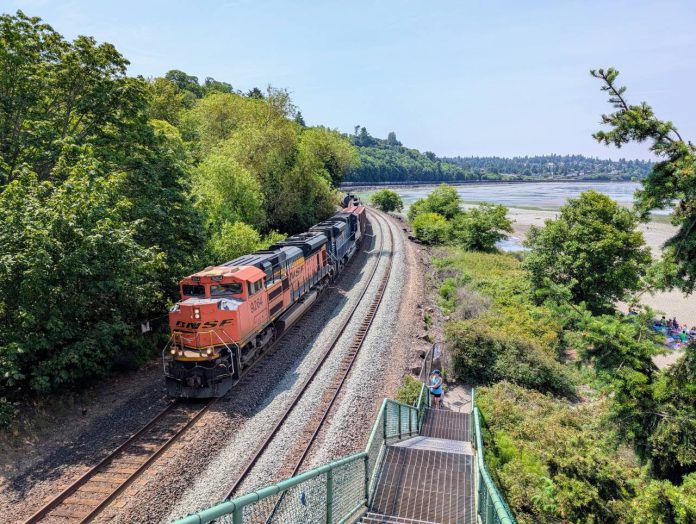
Washington State legislators from across the aisle have expressed interest in the idea of upgrading the state’s freight rail, as I noted in a previous article. Proponents cite the existing system’s advanced age and contend that both freight and passenger rail improvements could help the economy grow while meeting the state’s climate goals.
Whenever I asked what was blocking progress, the conversation consistently turned to the giant rail companies which own most of the state’s rail infrastructure – Union Pacific (UP) and Burlington Northern-Santa Fe (BNSF). These companies, known as Class I railroads because they earn more than $500 million in yearly revenue, have immense leverage over the state because they own the tracks. This has led to a whole host of conflicts not simply about how to run a railroad, but for whom our railroads are being run.
Private rail ownership is far from the international norm: most countries recognize that allowing profit-driven organizations to control critical infrastructure results in systems that prioritize shareholders over the communities railroads serve. Not only has the United States also recognized this, nationalizing the country’s railroads during World War I when they couldn’t effectively support the war effort, but Washington State has done this with the Palouse River and Coulee City system (PCC).
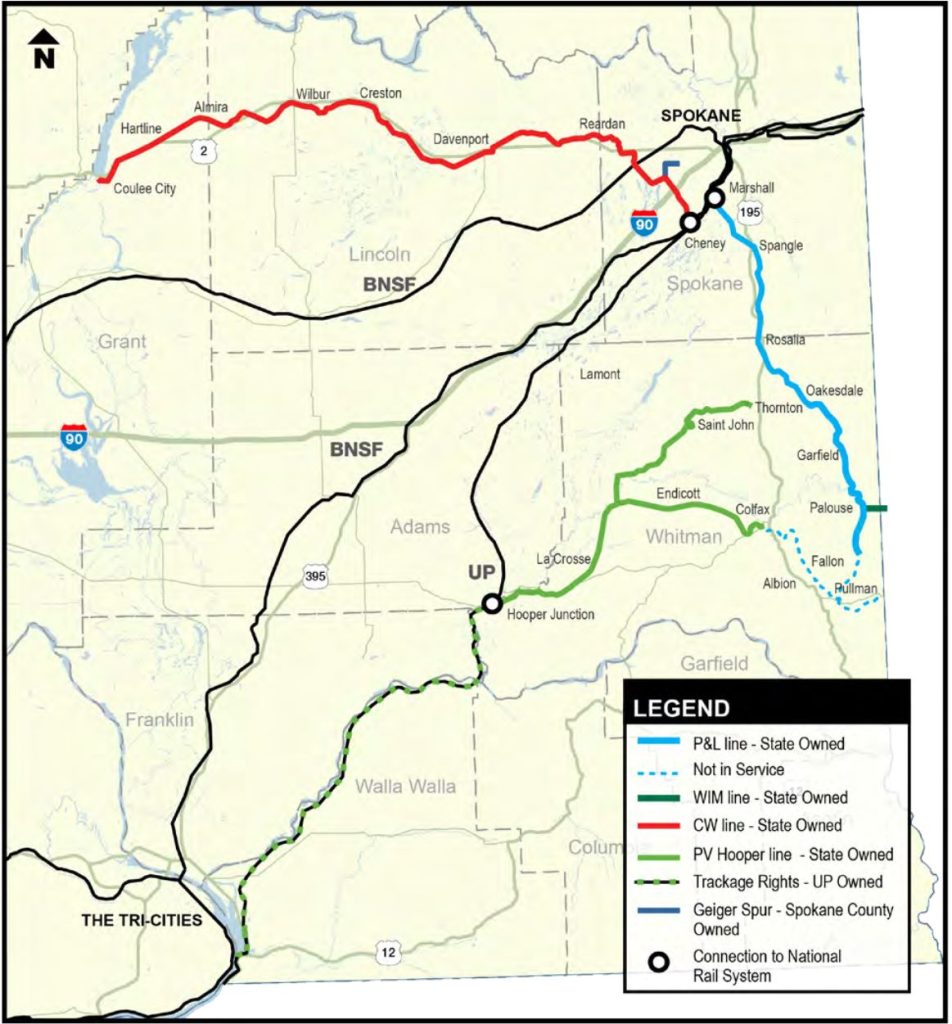
By international standards the PCC is still relatively privatized: the tracks are owned and maintained by the state, which then leases service operations and maintenance to small private rail operators. This incentivizes the government to focus on the system’s functioning holistically, while the operators focus on delivering services effectively to keep their lucrative contracts with the state.
The PCC’s results are appreciated across the aisle in Olympia: both Senator Marko Liias (21st LD, Mukilteo), a Democrat chairing the Senate Transportation Committee, and Representative Andrew Barkis (2nd, Lacey), a Republican on the House Transportation Committee, acknowledged the PCC has been a staggering success when I spoke with them in the fall of 2024.
Though the Republican Barkis said he sees the PCC as a “one-off,” Democrats Liias and Representative Alex Ramel (D-40th, Bellingham), who serves on the House Transportation Committee, were both receptive to the idea that this model could be useful in the future.
To understand how it’s possible that Republicans and Democrats could support state-ownership of rails, it’s necessary to understand how the PCC came into existence. The system was acquired by the Washington State Department of Transportation (WSDOT) because Union Pacific (UP) Railroad had neglected maintenance and sold off the system to a company that had planned to abandon the system once it realized the extent of the system’s neglect. This would have bankrupted farmers across Eastern Washington, as the inefficiencies of trucking make it cost-prohibitive for long-haul grain shipping.
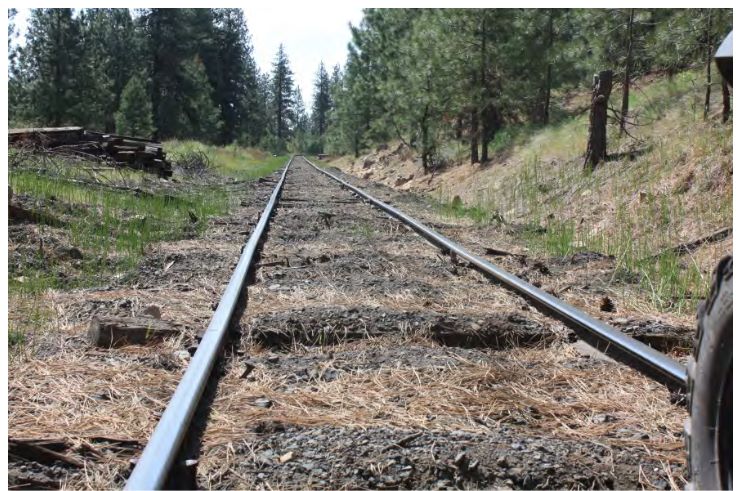
In an interview, Mike Bagott from Palouse Grain Growers, a small grain co-op on the PCC, said he had noticed UP “were more interested in storing excess cars on the line… there were times when we’d have hundreds of empty chlorine cars just sitting there on the tracks.”
When it came to using trucks for grain shipping, Bagott laughed at the question.
“Long haul trucking grain all the way to Portland or Vancouver: that makes no sense, forget about it,” Bagott said. “The overarching thing is that if things move forward as they seem to be going with the river system, we can’t wait very long on a macro scale to start putting a ton of money into the rail system. We’ve got some of the best farmland in the world out here, and if we can’t ship by rail then that just might mean the end of grain farming in Eastern Washington, and that’d be a shame.”
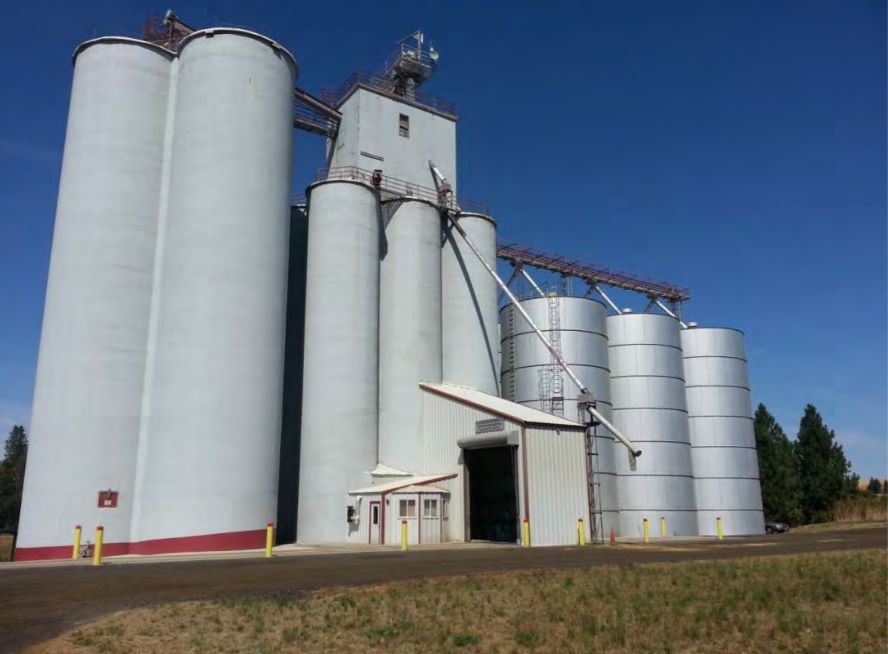
This is why the state stepped in, and has committed to spend $3.4 million a year rehabilitating the system through 2031 and has received $5.3 million in federal grants. This on top of the initial $27.7 million cost of acquiring the railroad, is hardly a drop in the bucket when compared to the billions the state is devoting to single sections of highway upgrades.
These investments aren’t just about shaving off a few minutes off commute times, they have ensured a vital pillar of the state’s agriculture did not collapse due to the mismanagement of Union Pacific. The most committed socialist could hardly invent a more perfect example of a case for economic interventionism: short-term profit seeking caused an enormous private corporation to so severely neglect infrastructure investments that it threatened the food supply.
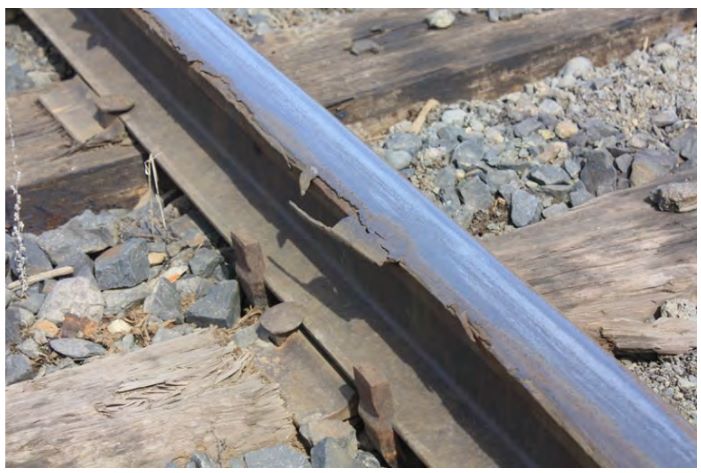
The PCC isn’t the only government-controlled railroad in Washington, as Representative Jake Fey, who chairs the House Transportation Committee, highlighted that Tacoma Rail’s municipal rail service is financially self-sufficient and has supported the functioning of the Port of Tacoma.
However, I wouldn’t use Tacoma Rail as a model specifically because it’s expected to be financially self-sufficient. We don’t expect air companies to build, maintain, and upgrade airports, we don’t expect trucking companies to build, maintain, and upgrade highways, and we don’t expect shipping companies to build, maintain, and upgrade ports. There is no reason we should arbitrarily single out railroads to do these things, especially when the state is actively seeking to decarbonize and increase efficiency of transport. Continuing to single out rail will lead to more situations of deferred maintenance and abandonment of lines, sabotaging industry and ultimately the wider economy.
In Western Washington, reacting to market preferences has caused the state to invest billions of dollars in expanding the least efficient form of land-based freight without even investigating the feasibility of rail connections when it chose to run with the Puget Sound Gateway project. Relying on privately-owned rail infrastructure nearly led to a collapse of grain farming because UP was more interested in leasing out track space for unused cars than running a railroad.

On top of all that, the state’s tolerance of neglect and dismissiveness by the Class I railroads – BNSF and UP – continues to cause outrageous passenger service delays, limits the ability of Sounder to extend service, and has seen millions of public dollars invested into privately-owned assets with absolutely no accountability mechanisms or changes in ownership. In the corporate world, one typically acquires ownership when investing in a company — except with public investment, which often drops down like manna from heaven.
Asked what BNSF gives in exchange for the money the state invests in its infrastructure, Ramel shared that he was fretting with the same question.
“I think that’s a really really important question, and I’ve not gotten a clear answer,” Ramel said. “I asked questions at a hearing last year and the answers did disturb me.”
During this March 5th hearing, Ramel asked WSDOT’s director of the rail, freight, and ports Jason Biggs whether the state’s investment to increase passenger capacity on BNSF’s tracks was “proportional to what, on a per-car or per-train basis, what the railroad is paying into the system that they own and profit from?”
“I understand your question,” Biggs answered. “We don’t have any insight into what the costs are that the railroad pays into its own system.”
This level of detachment from BNSF is reflected in WSDOT’s strategic rail plans. Short-term profit seeking sabotages the state’s ability to plan an effective system because the private operators prioritize short-term profit seeking with swings in the market. As WSDOT states plainly in its strategic 20-year plan: “Rail investments are costly, and railroads must coordinate investments in response to changes in political and market forces. As such, freight railroad planners typically plan projects on a two- to three-year horizon.”
So while WSDOT is trying to make 20- to 50-year rail plans which account for climate change, decarbonization, and population shifts, BNSF and UP are stuck chasing short-term market trends, ready to abandon vital economic and strategic systems due to a dip in the market as UP did with the PCC system.
“I think they sort of have this perspective that we make investments in the rail system to try to bring passenger service up to speed, so we’re responsible for having a rail system that can carry passengers,” Ramel continued. “Whereas I would look at this and say ‘hey, we have a faster and better rail system, and Amtrak’s are eight cars four times a day’ It’s the lightest cars, four-car trains, then maybe a dozen hundred-car [freight] trains. Why are we assuming all that additional cost? I think that model is not to the benefit of the taxpayers and probably is to the benefit to the owners of the railroads. It is a concern that I have.”
WSDOT acknowledges that rail is three to four times more efficient than trucking. Politicians from both major parties in the state of Washington acknowledge that state-owned railroads have been a major success. They have also noticed logistical trends are moving towards transferring large quantities between large warehouses and terminals, which is a niche rail specializes in fulfilling.
In spite of public investment in their assets, BNSF and UP have demonstrated willful neglect of their responsibility to maintain a safe and functioning rail network which accommodates passenger services. The state has already proven that it is a better steward of tracks than BNSF and UP: it should start filling the gaps which they’ve neglected.

Collin Reid
Collin Reid is an educator who moved to the Central District of Seattle in 2024 after having lived and worked in St. Petersburg Russia for eight years. His background in political science and international experiences led him towards urbanism and transportation as the foundational elements of society. He is a member of the Seattle Democratic Socialists of America.
